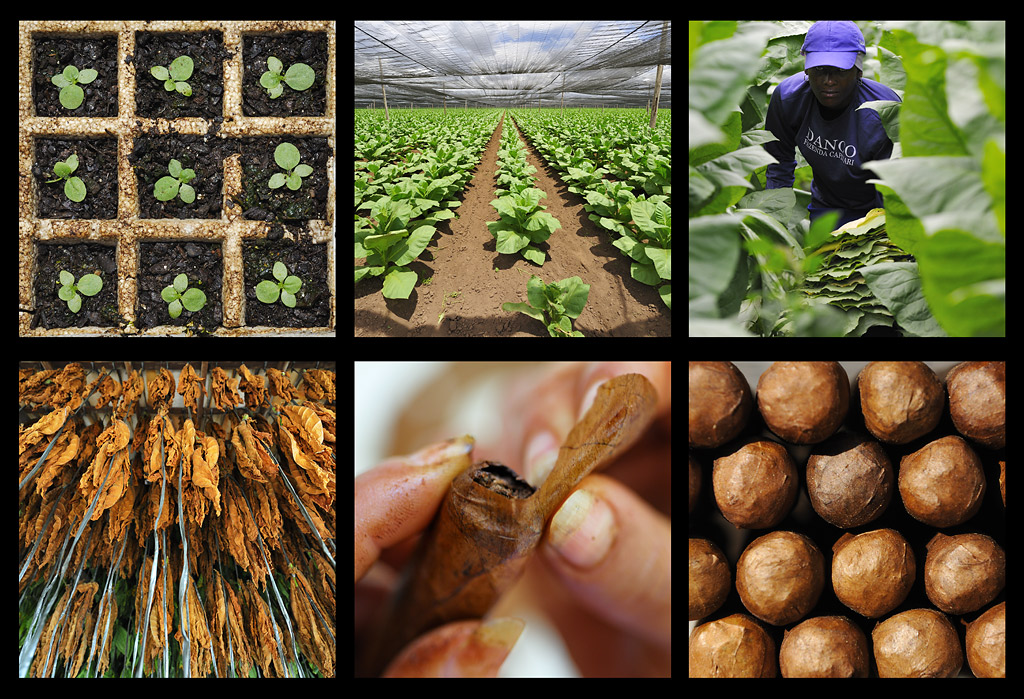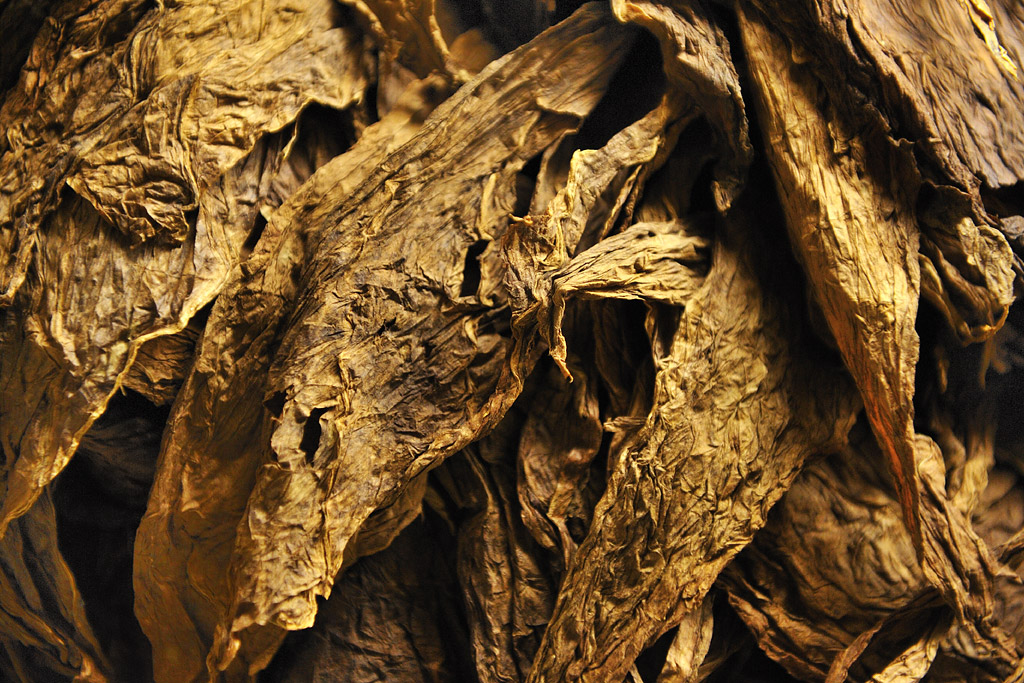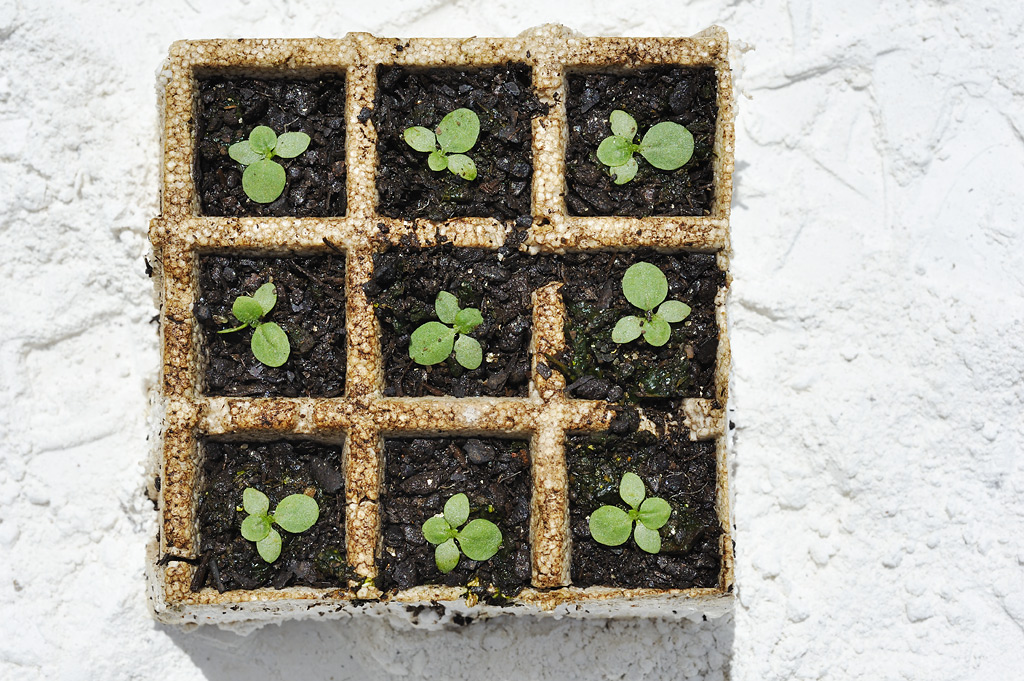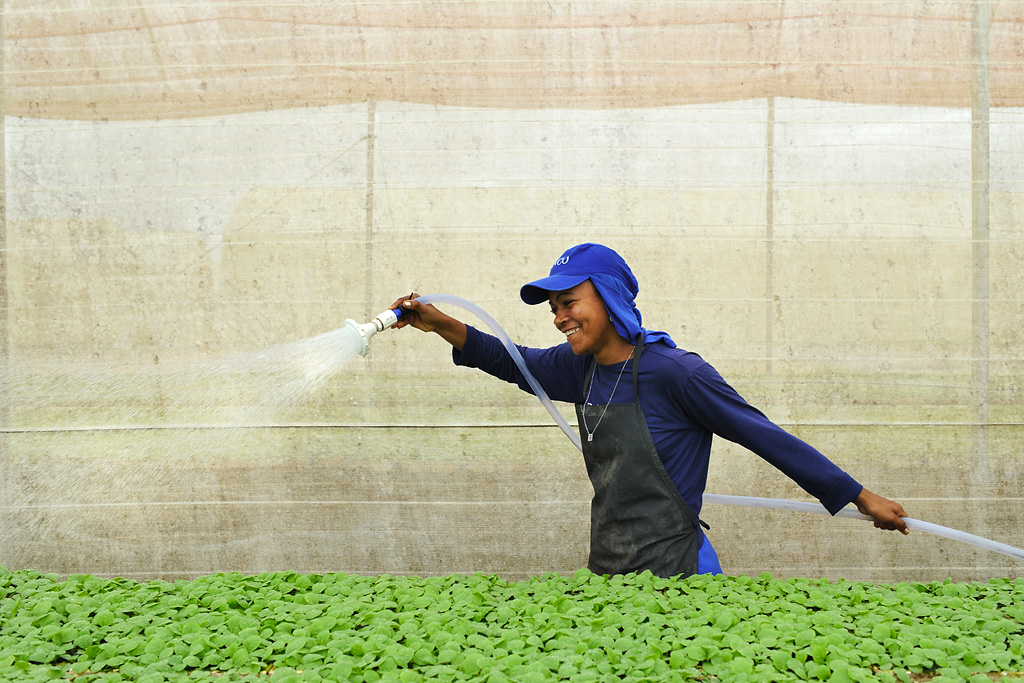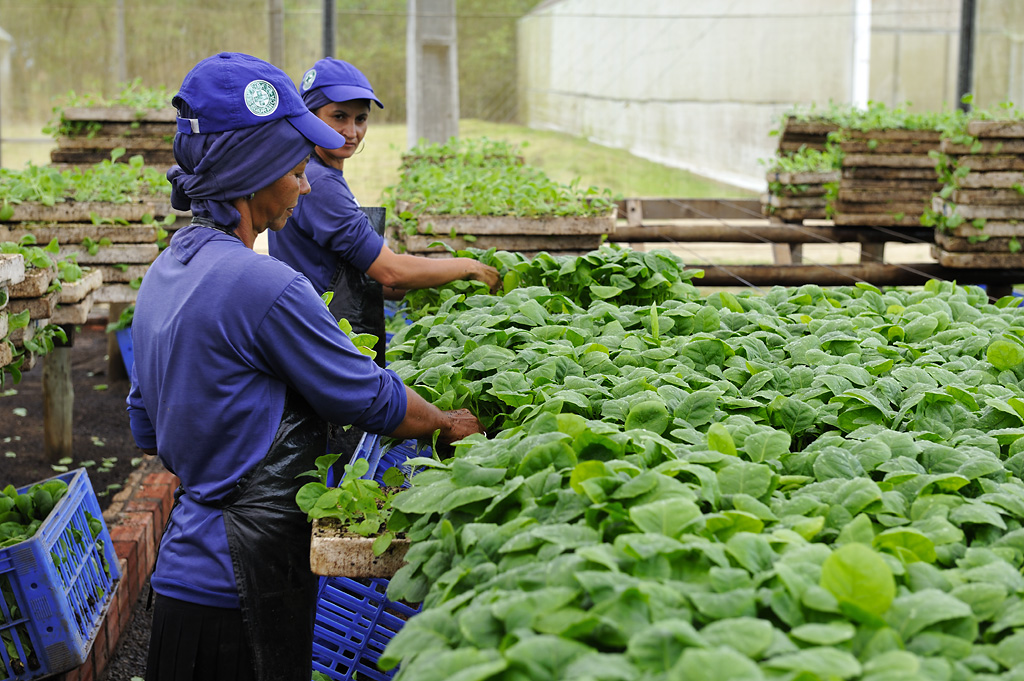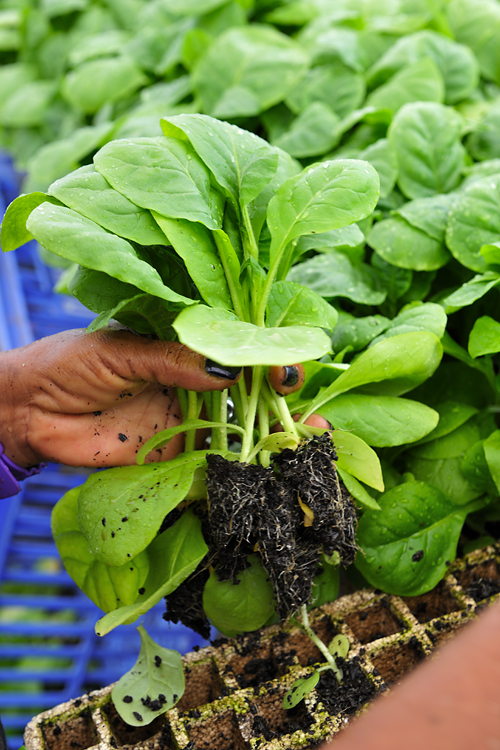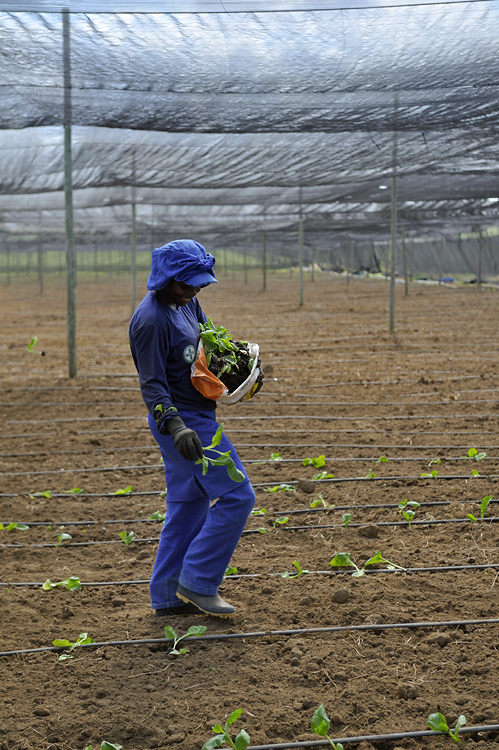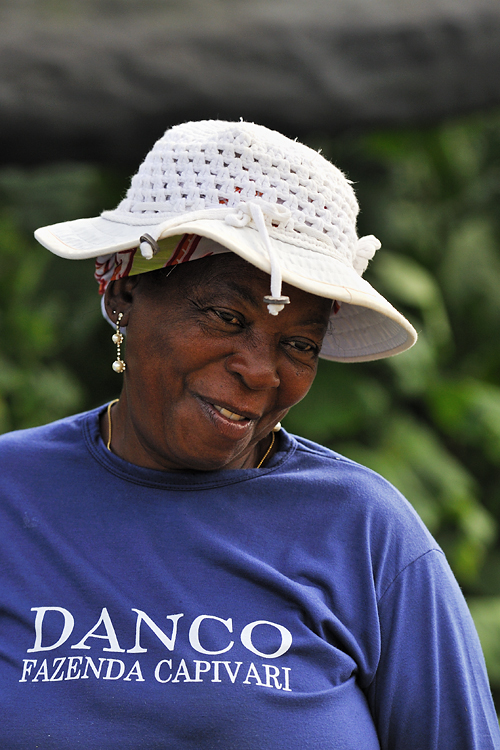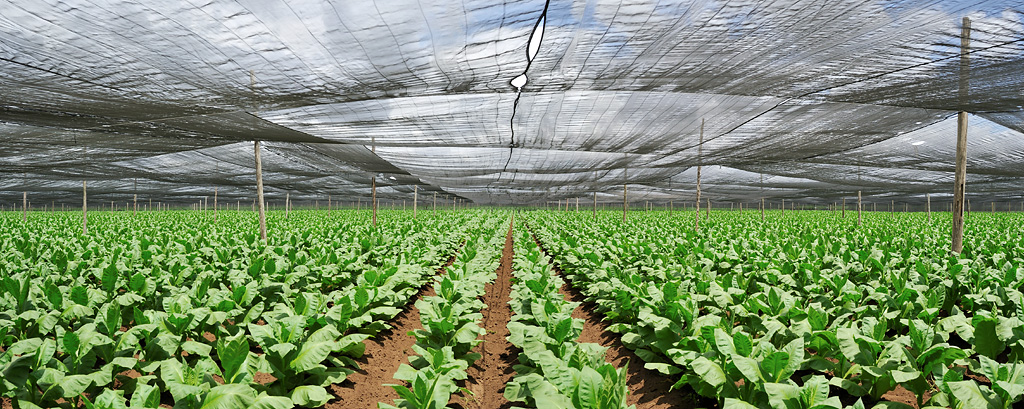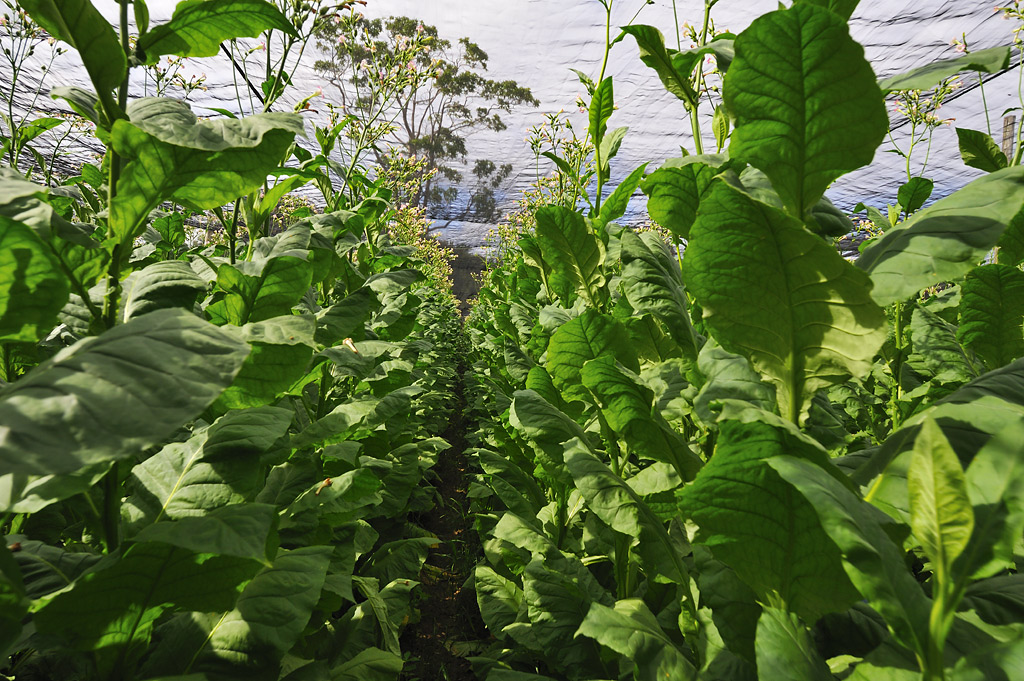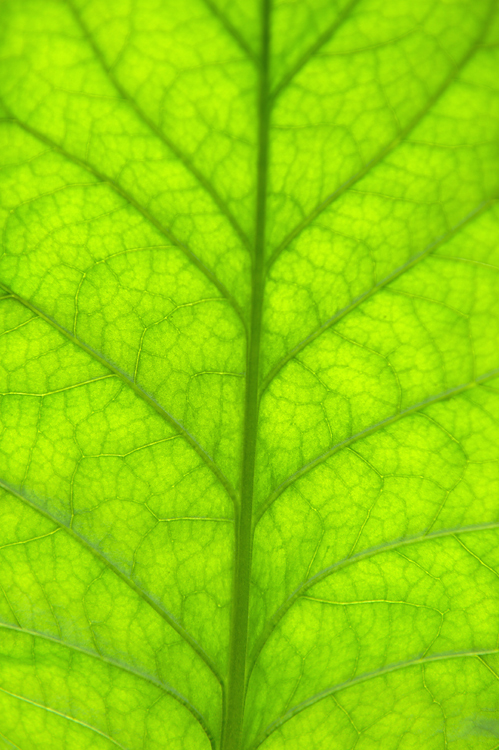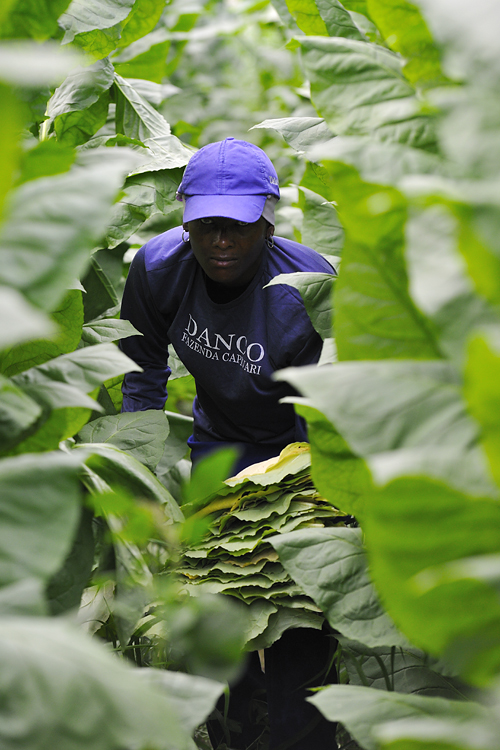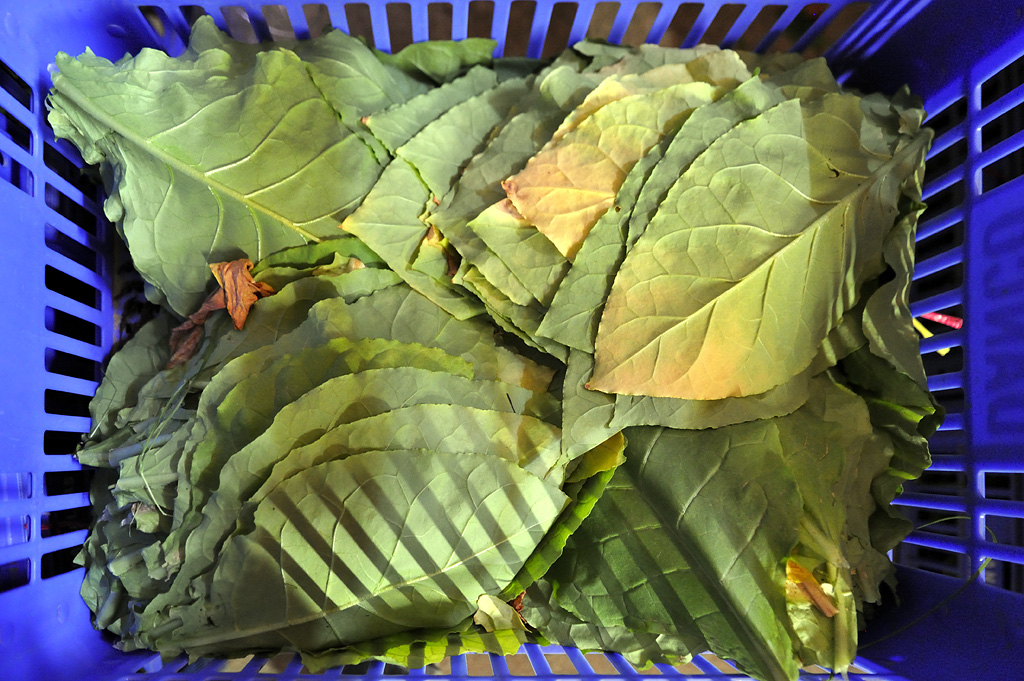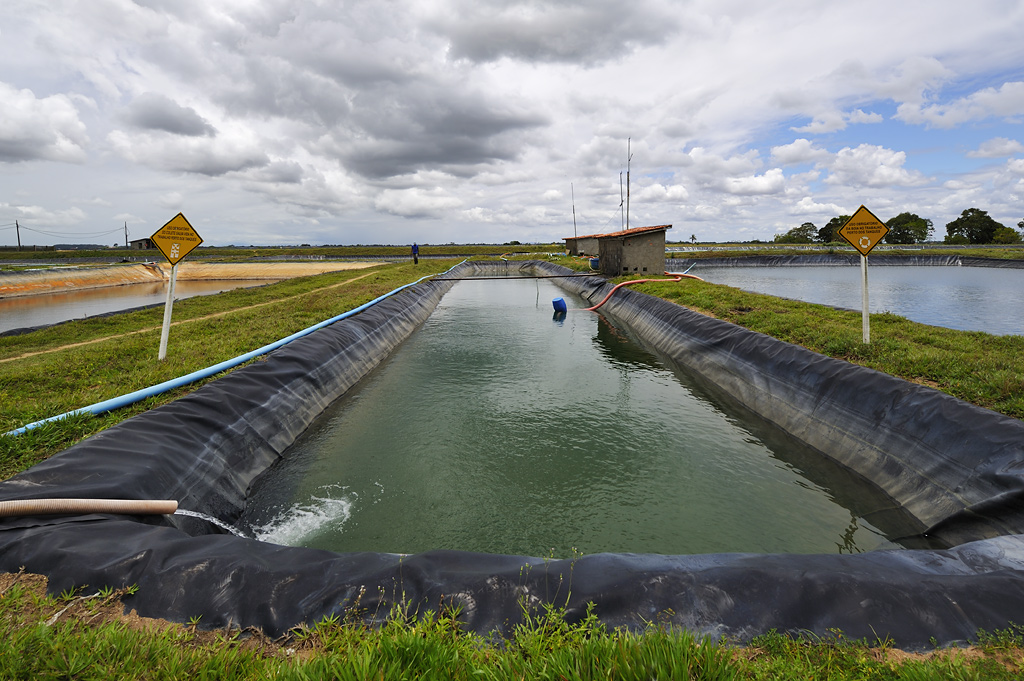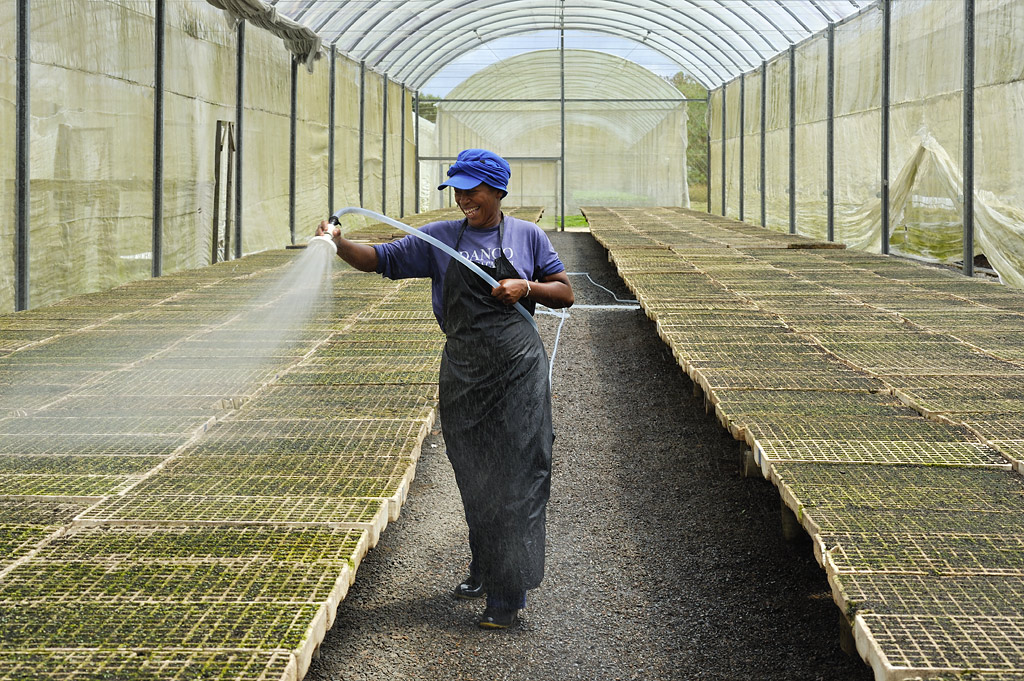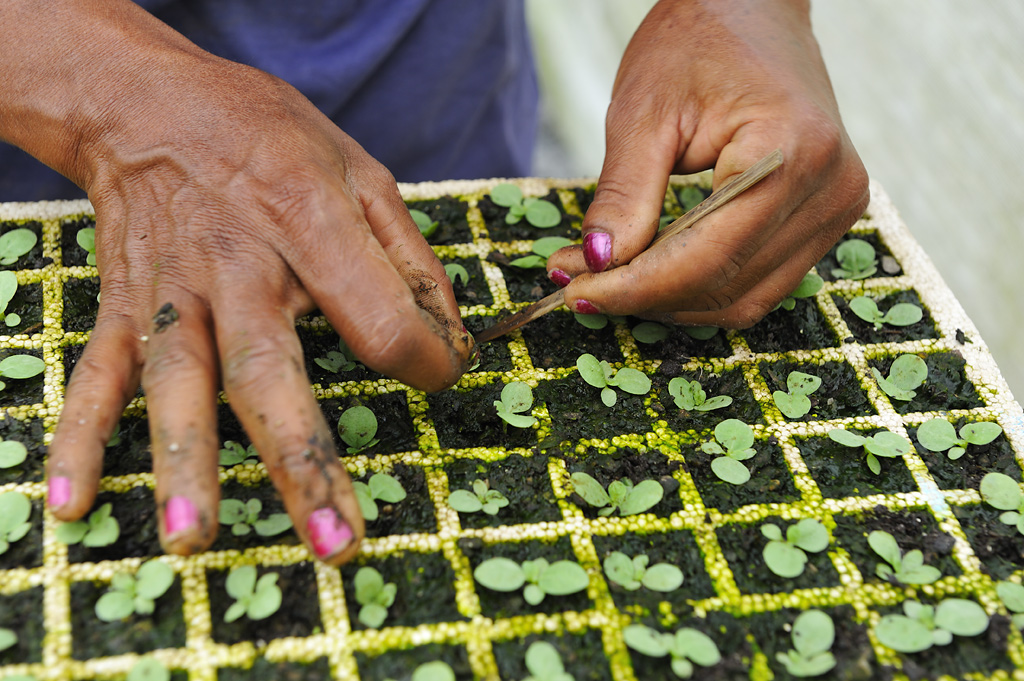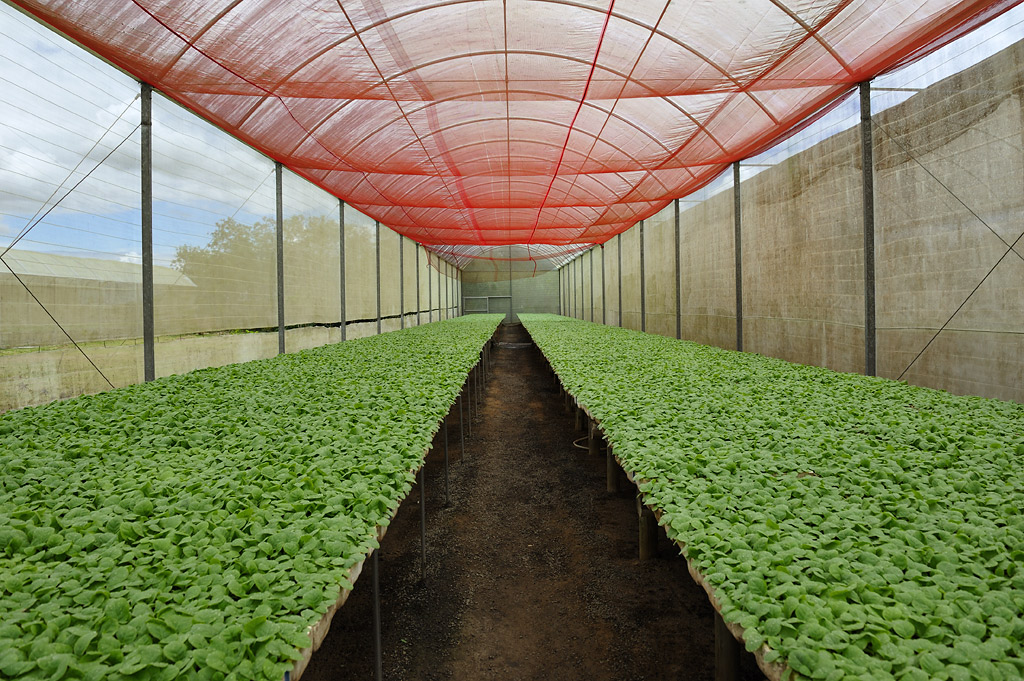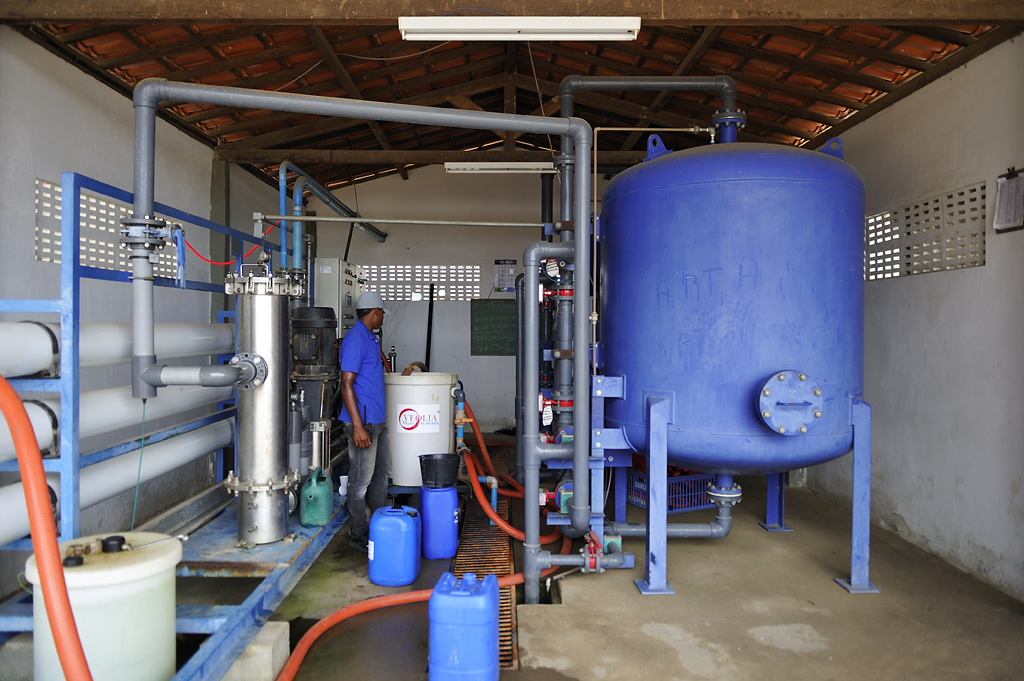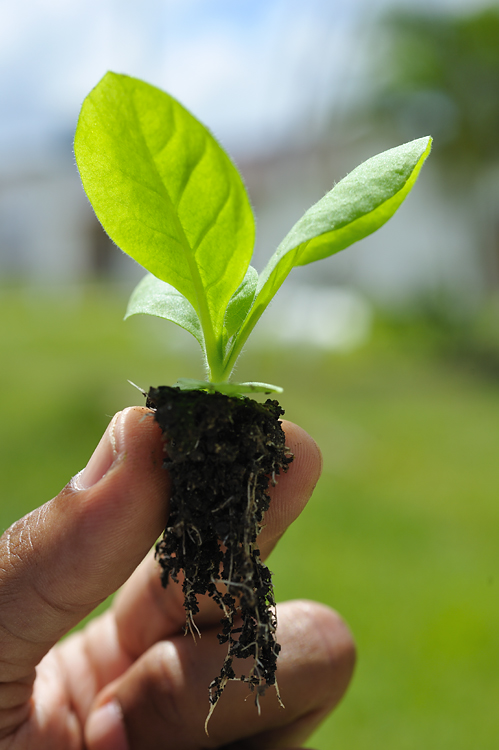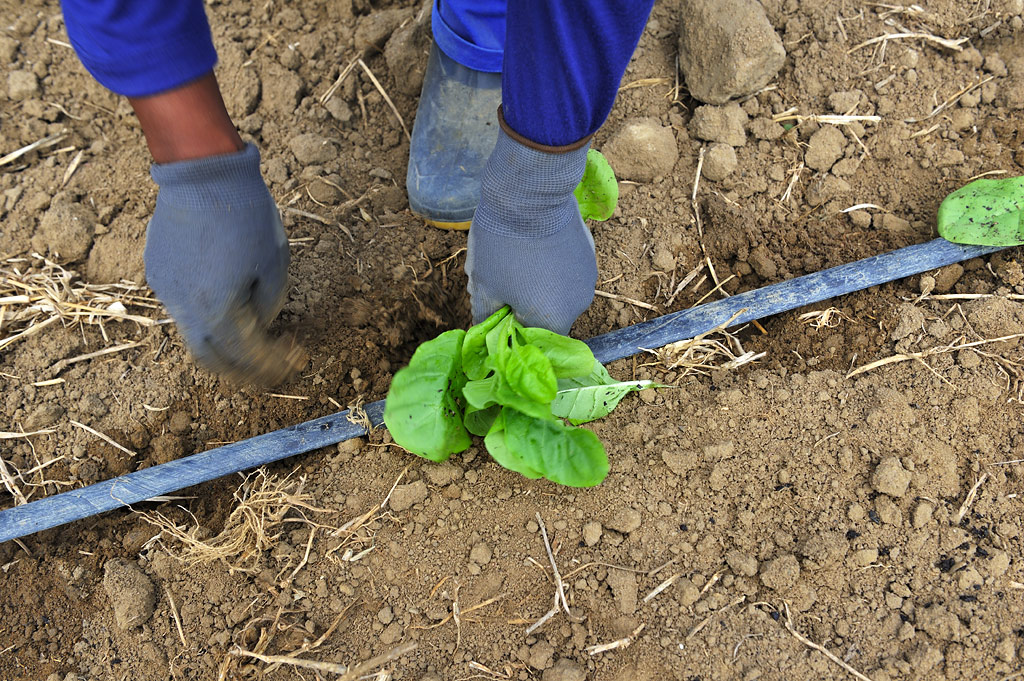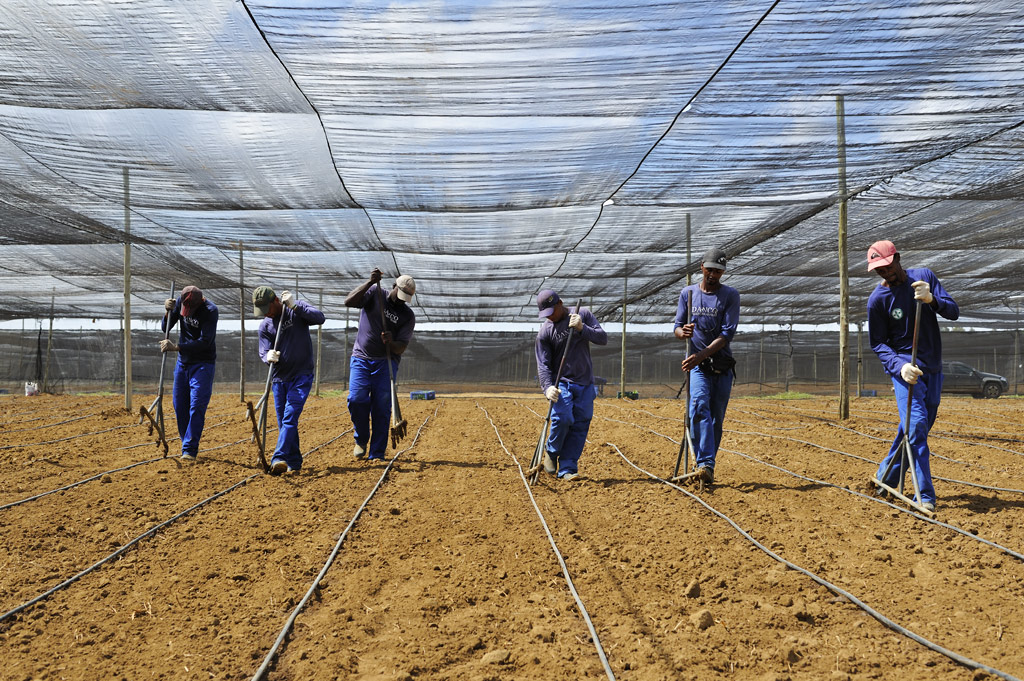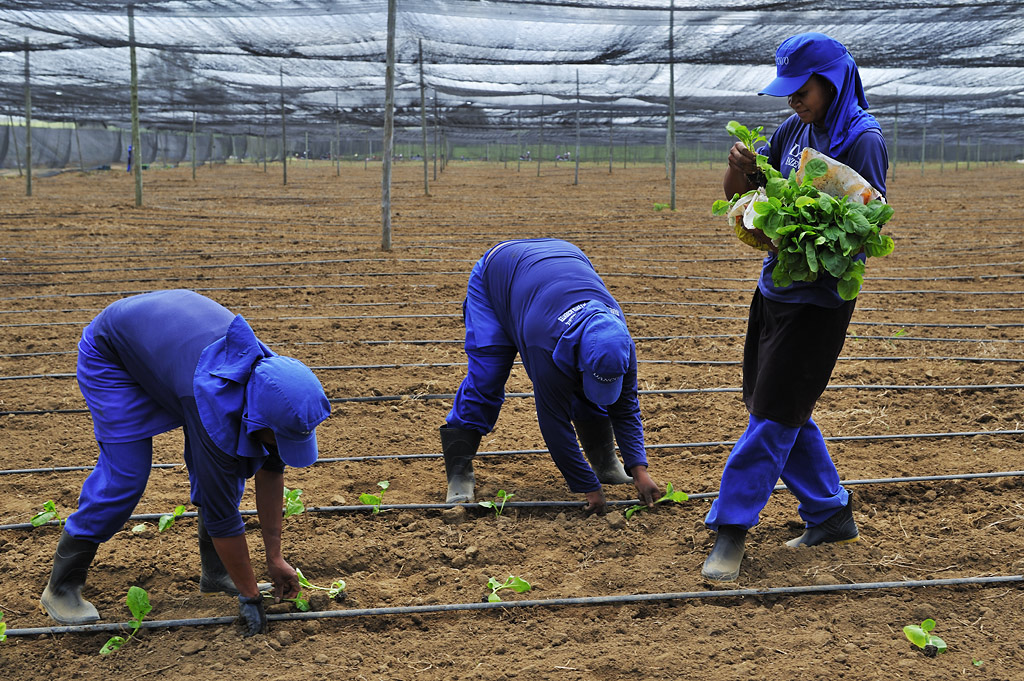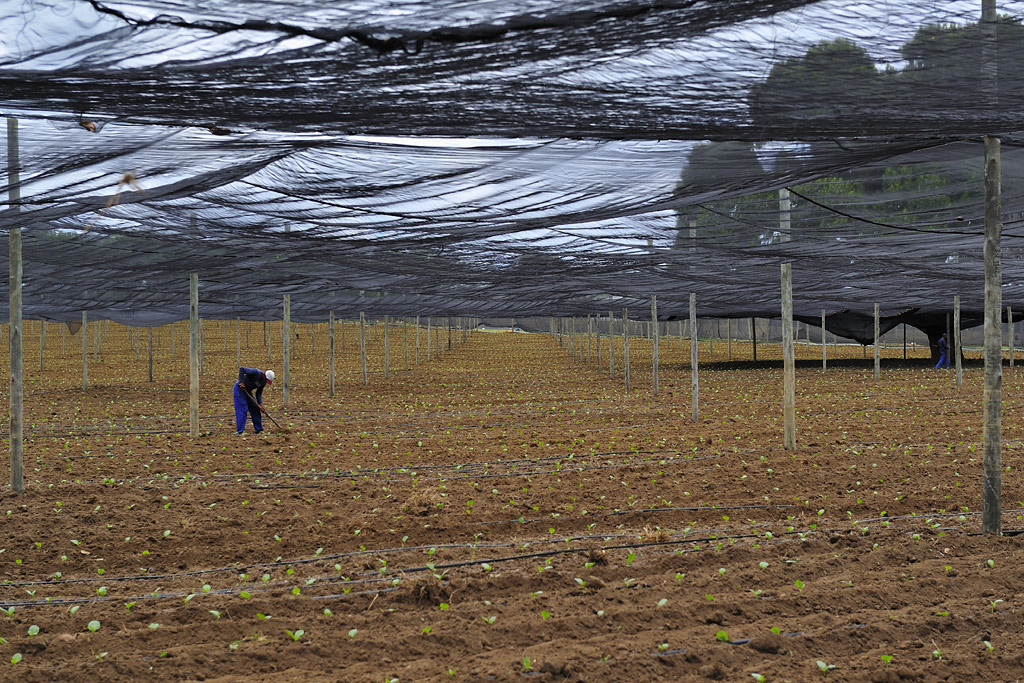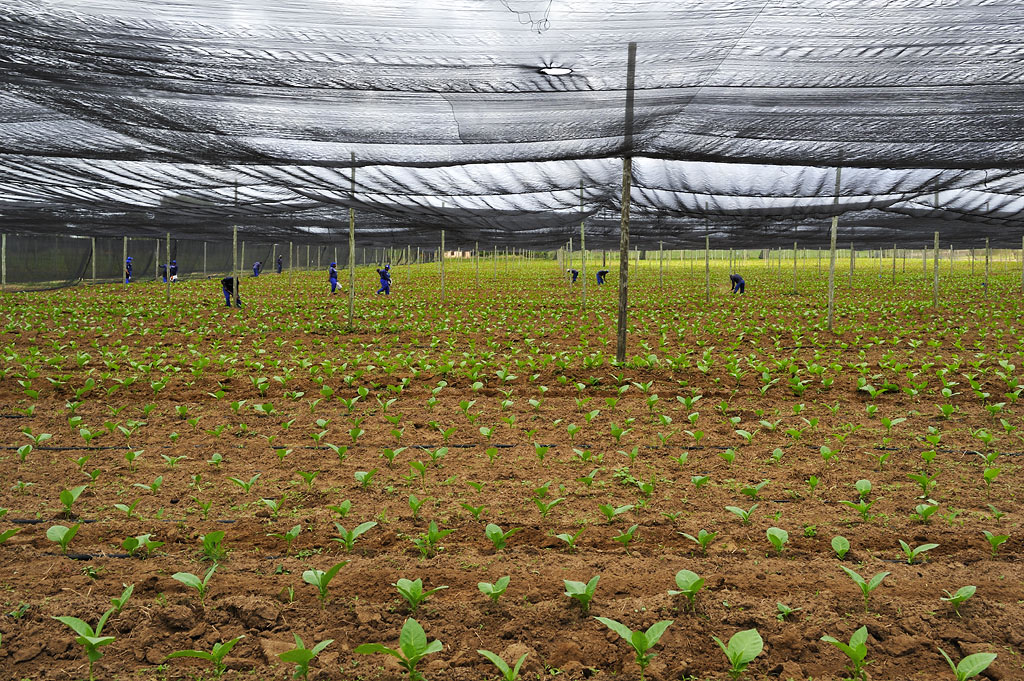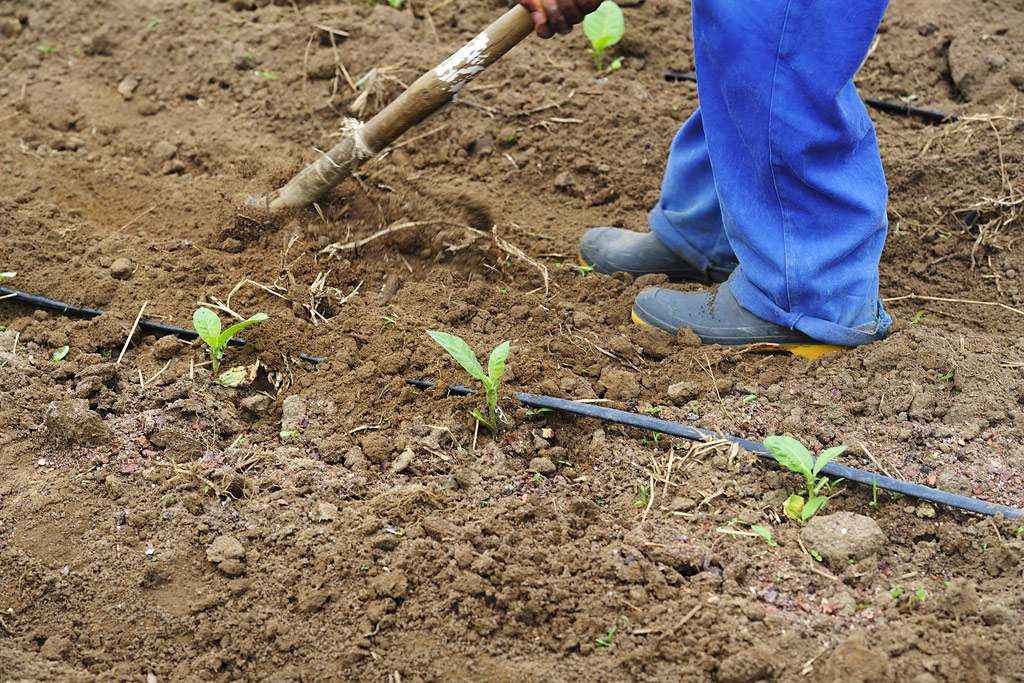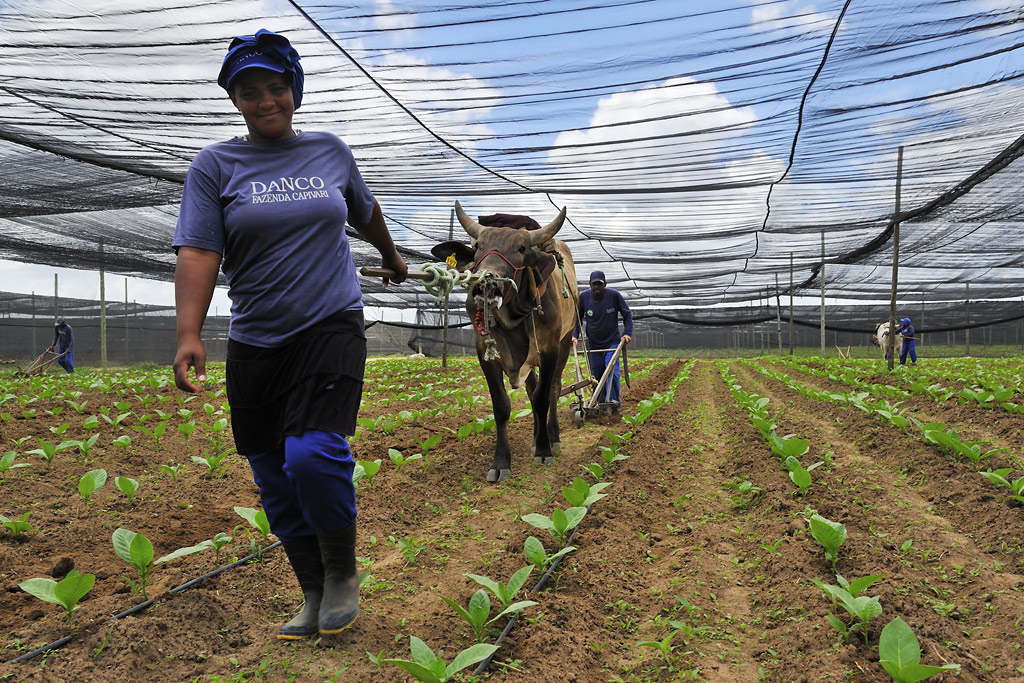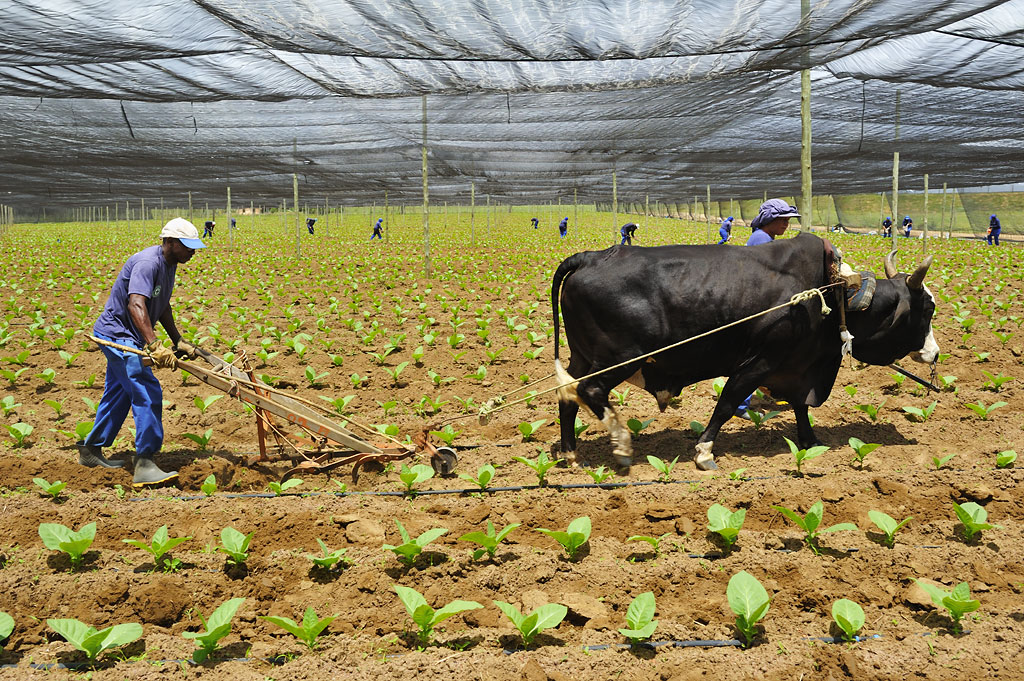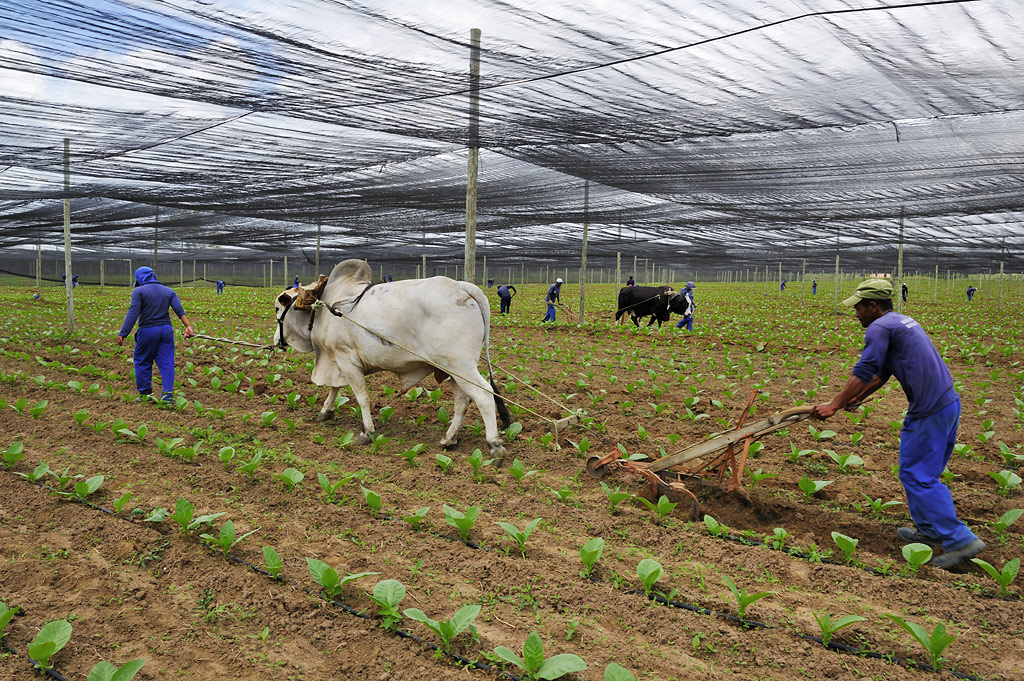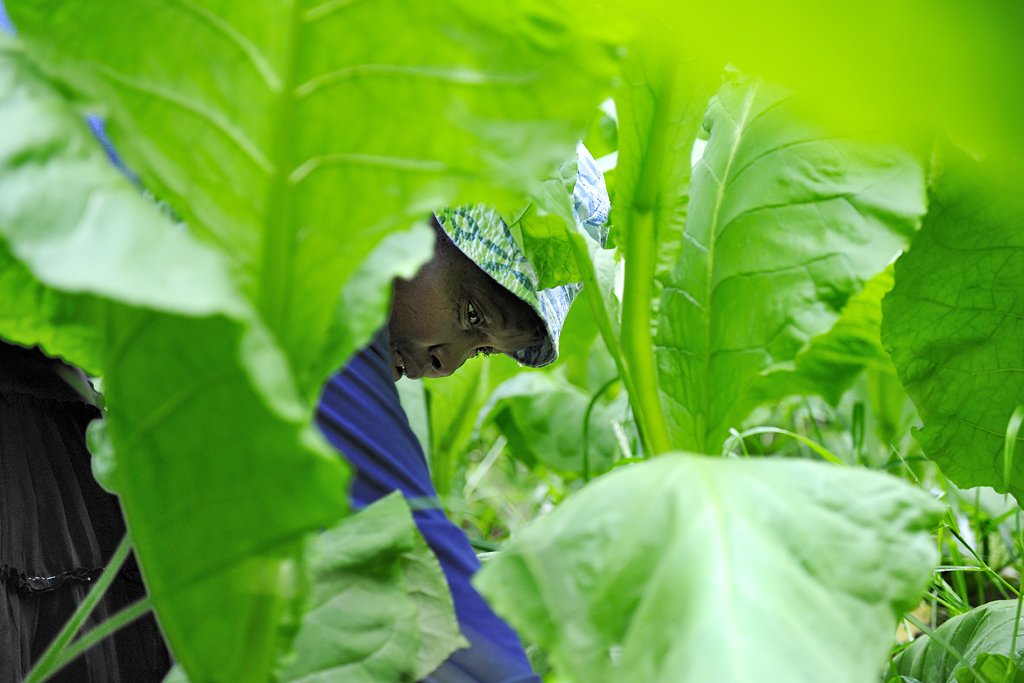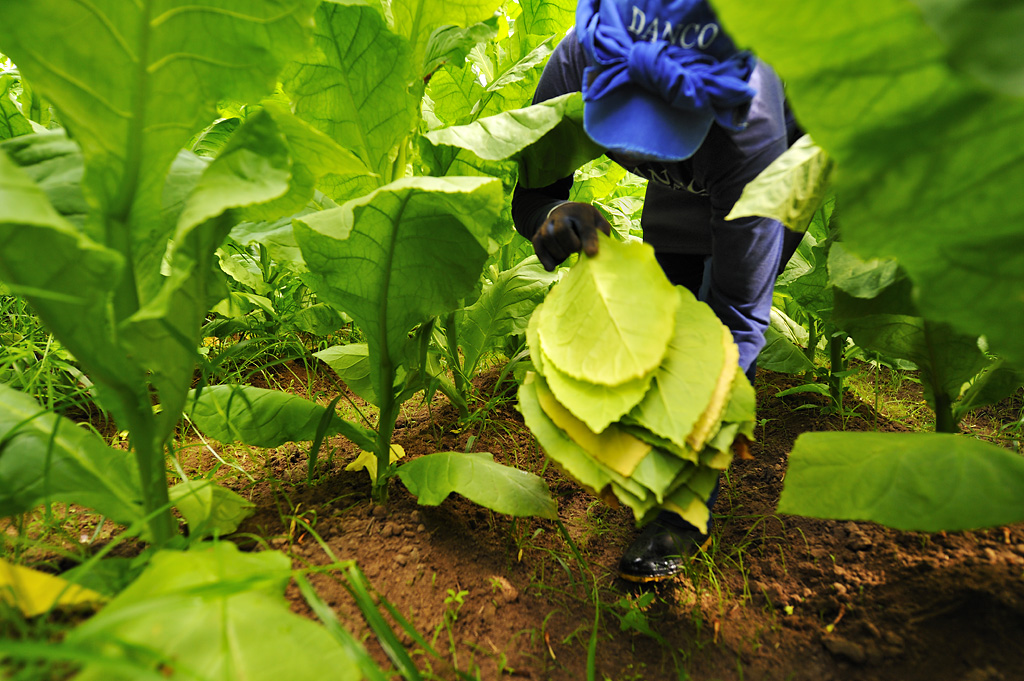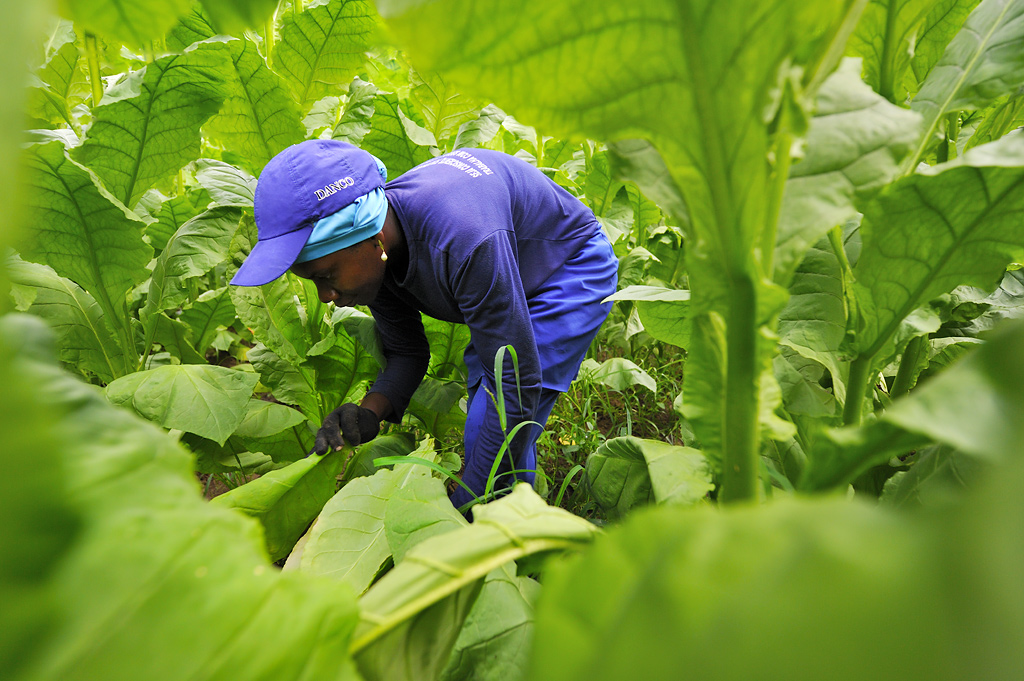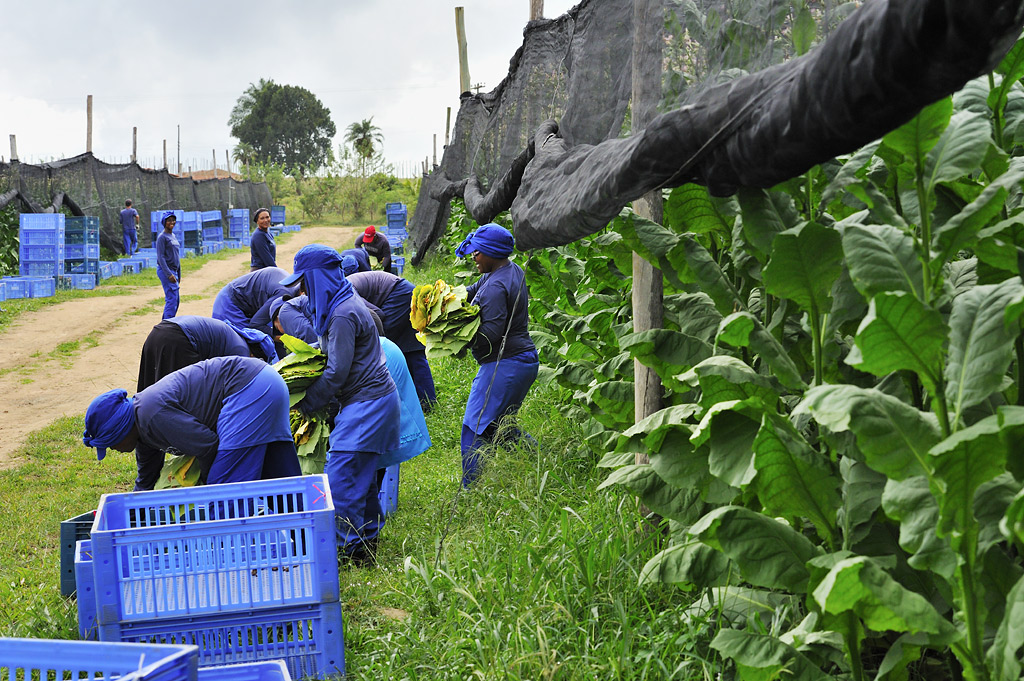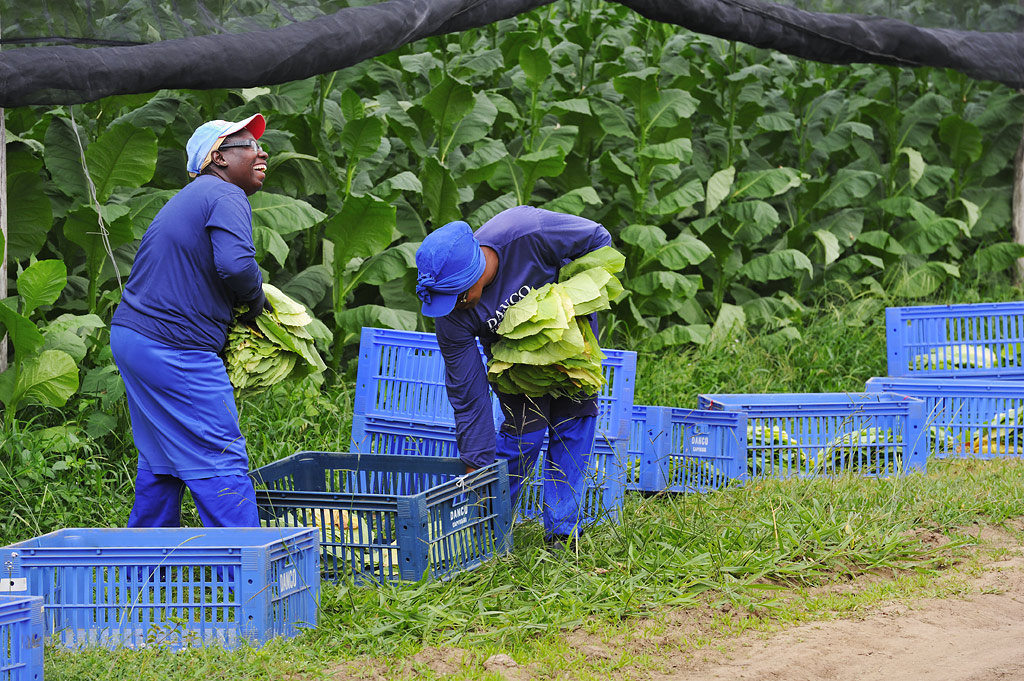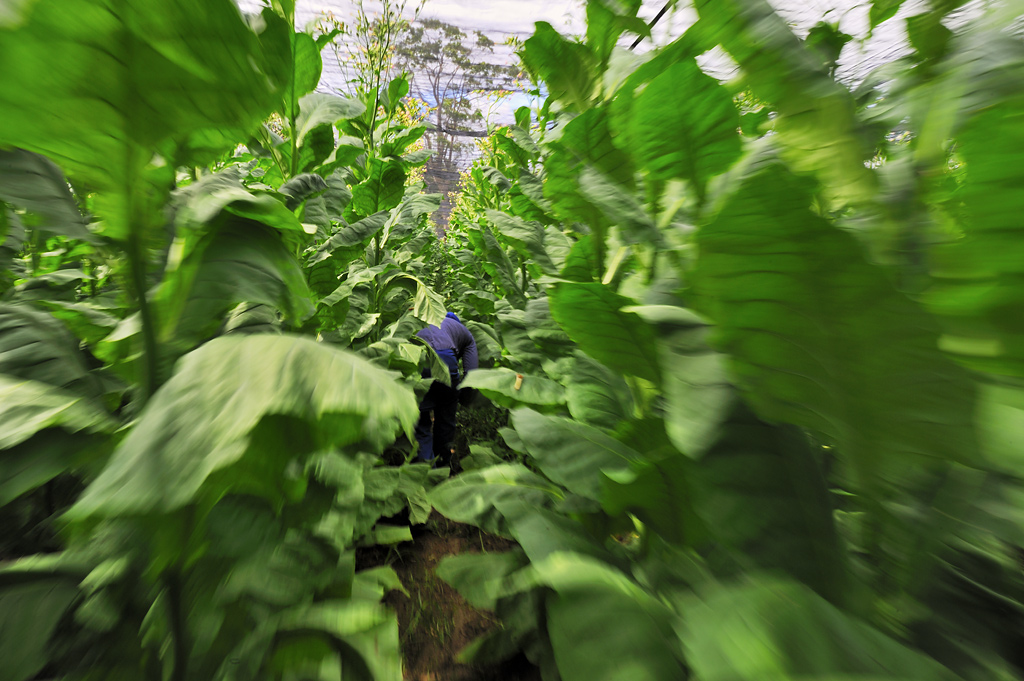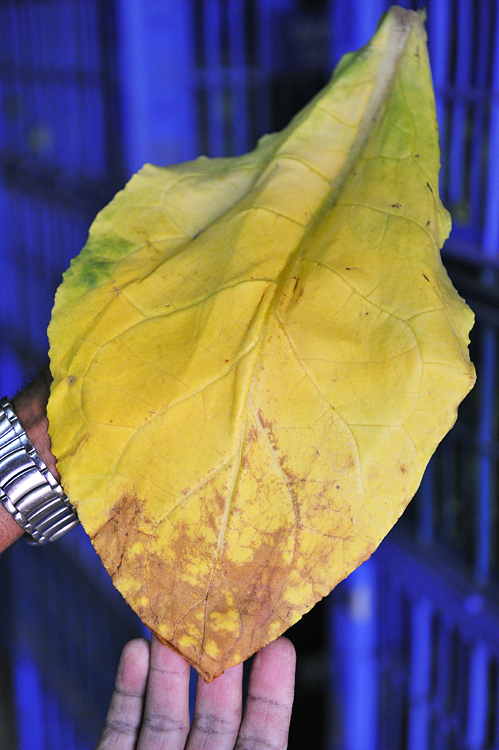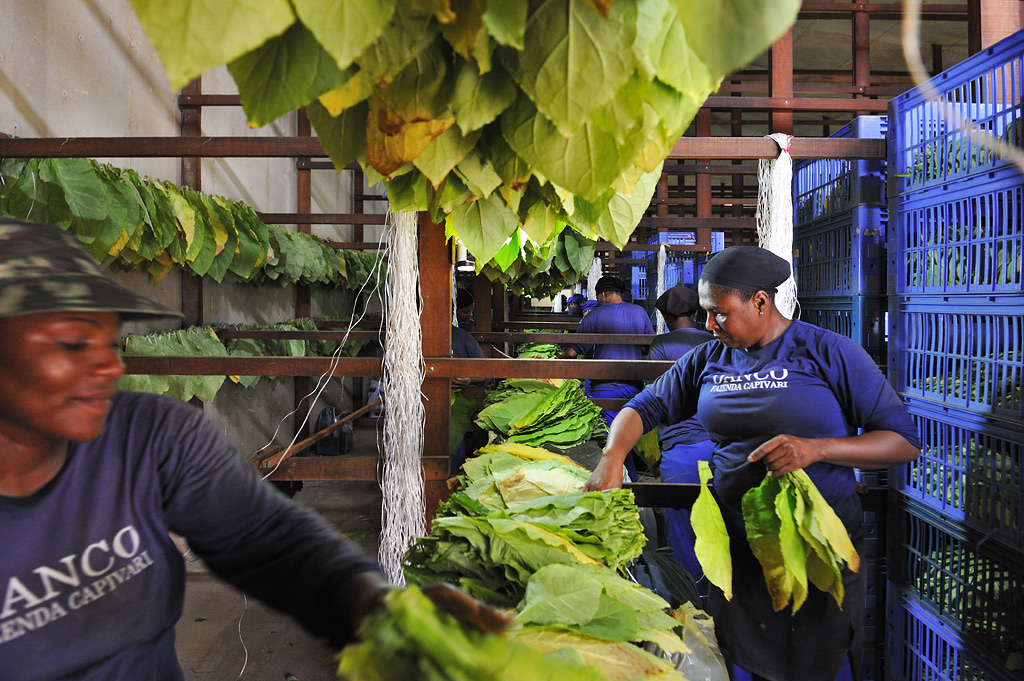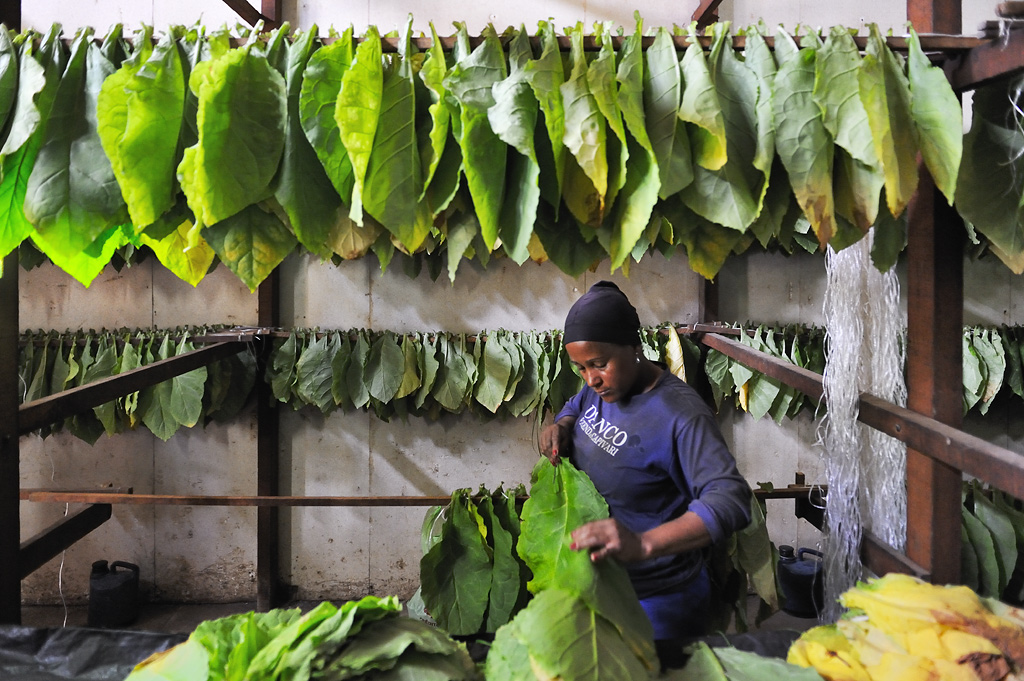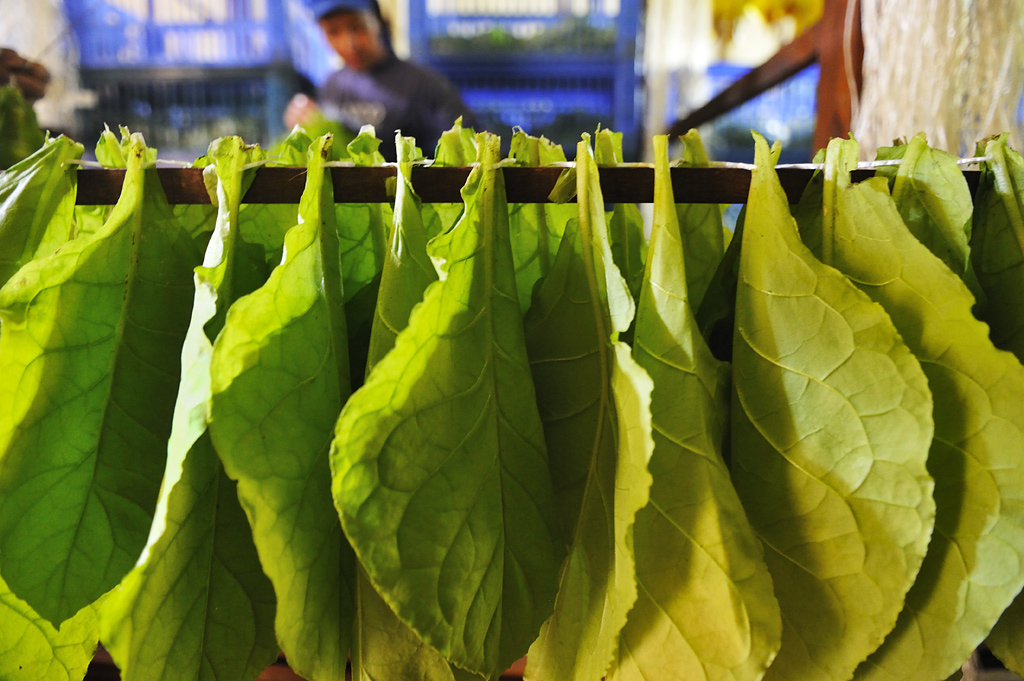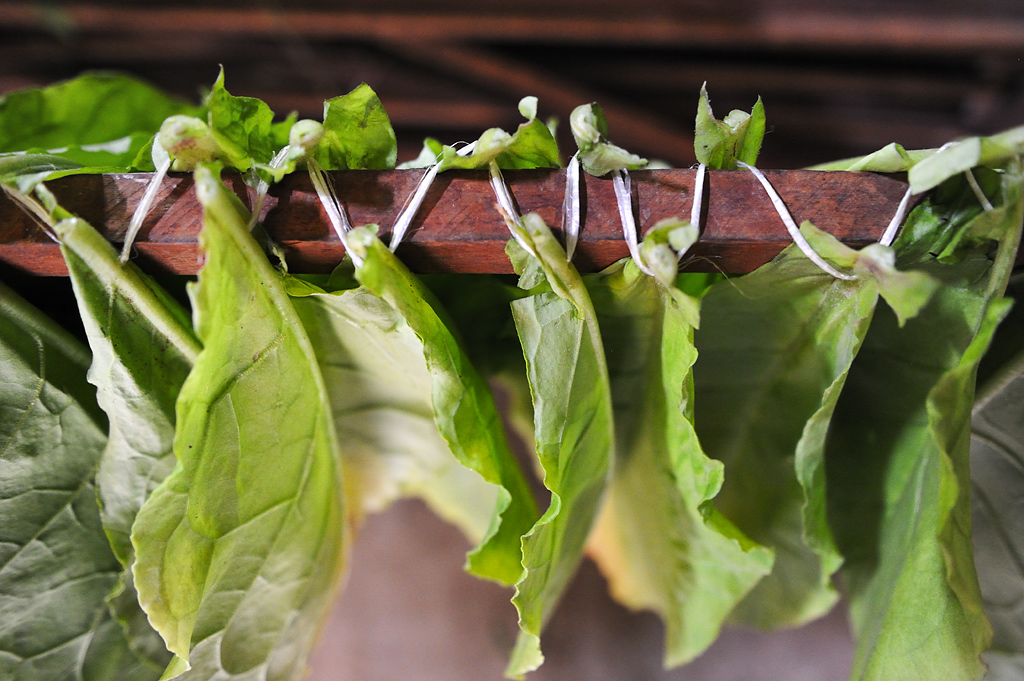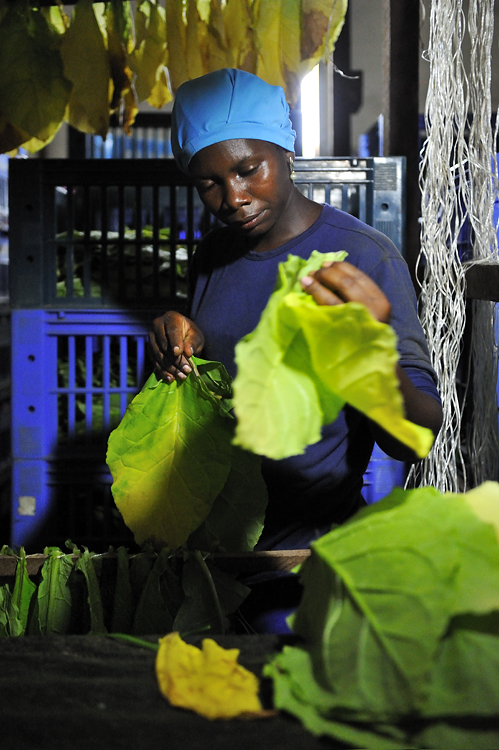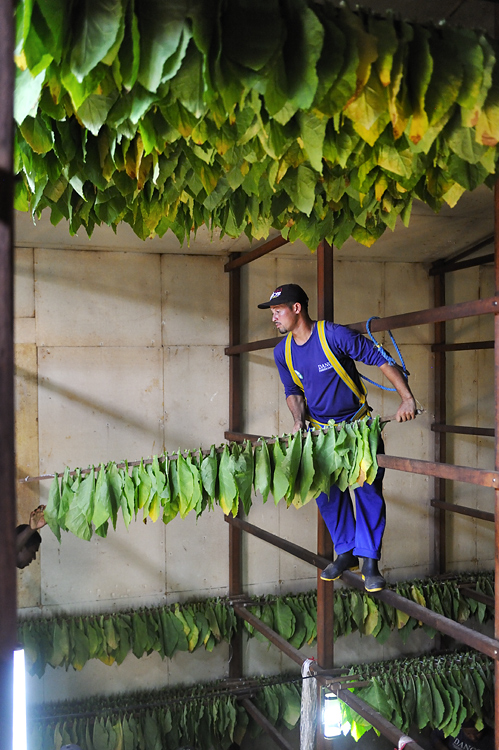|
Dedication
Dedicated
to my friend Alvaro Rojas, who always liked to smoke a
‘puro’.
Mumbai, September 9, 2014
„Gentlemen!
You may smoke.“
(King Edward VII)
|
Note
This photo
documentary reports on the tobacco plants and the production of cigars,
and is not in any way an advertisement for smoking. The harmful effects
of frequent tobacco consumption should not be trivialised!
[Note… read more]
[Note…
close here]
This photo
documentary reports on the tobacco plants and the production
of cigars in Recôncavo in Brazil. It is in no way an
advertisement for smoking, rather it regards the plant of the generic
group, tobacco (Nicotine) as the old American cultural plant and the
manual production of cigars as the historic and cultural legacy of the
‘homo hedonismus’. Further, I consider the
occasional puff of a cigar as a stimulant, which like any other
stimulant when heavily consumed can be harmful, and whose consumption
must be freely decided by each individual, as long as he or she shows
consideration for others, and abides by the customary rules and laws of
that respective country. Under no circumstance should the potential
harmful effects of frequent tobacco consumption be trivialised!
|
|
Acknowledgment
The majority of
the photographs are taken with the kind permission of the Dannemann
Company, São Félix, as well as its subsidiary,
Danco, Cruz da Almas (hereinafter Dannemann
in short). However, as far as possible, the text has been written
objectively and independently. My gratitude to all the participants for
their friendly and hospitable support!
[Acknowledgment… read
more]
[Acknowledgment…
close here]
The majority of
photographs are taken with the kind permission of the Dannemann
Company, São Félix, as well as its subsidiary,
Danco, Cruz da Almas, and especially from their fields and Head Office
in São Félix, Brazil (in the report I have used,
for the sake of simplicity, only the term Dannemann). Also, even
though, in this short documentary, I want to be as objective as
possible, I must admit, that from my very first contact with both
companies, I was positively surprised, with regards to their
professionalism, ‘commitment’ (we can easily say
dedication), friendliness, warmth and above all a quality awareness in
all production steps. My gratitude to the Company Dannemann and
especially to Mrs. Esther Egli and Mrs. Tanja Kreis (both from
São Félix) and Mrs. Karin Brinkhoff
(Lübbecke, Germany). I also thank the company, Leite &
Alves in Cachoeira, as well as the super friendly small farmers, with
whom I was able to photograph at leisure and who answered all my
questions with patience.
|

São Félix
A
Classification
Tobacco belongs to
the genus Solanacea, for e.g. the popular psychoactive plants,
Belladonna and Thorn apple (Datura), but also like the more harmless
potato, tomato or paprika. It is an annual plant, that is, after
maturity the seeds die, and depending on the type, it is between 0.5
and 3 meters high. From among the popular types of tobacco, there are
essentially two that are used commercially, namely Virginian tobacco
(‘Nicotiana tabacum’) and farm tobacco
(‘Nicotiana rustica’). Etymologically speaking,
there are various theories on the origin of the word; one widespread
theory is that the word tobacco goes back to the Caribbean language and
describes originally, not the plant, but a type of pipe
(‘tobago’). Nocotine is named after the Frenchman Jean Nicot, who
introduced tobacco to France in the sixteenth century, as medicine. The
main regions of cultivation worldwide are the East coast of North
America, Middle America, Brazil, Argentina, Syria, Palestine, East
Africa and the monsoon regions of Asia.
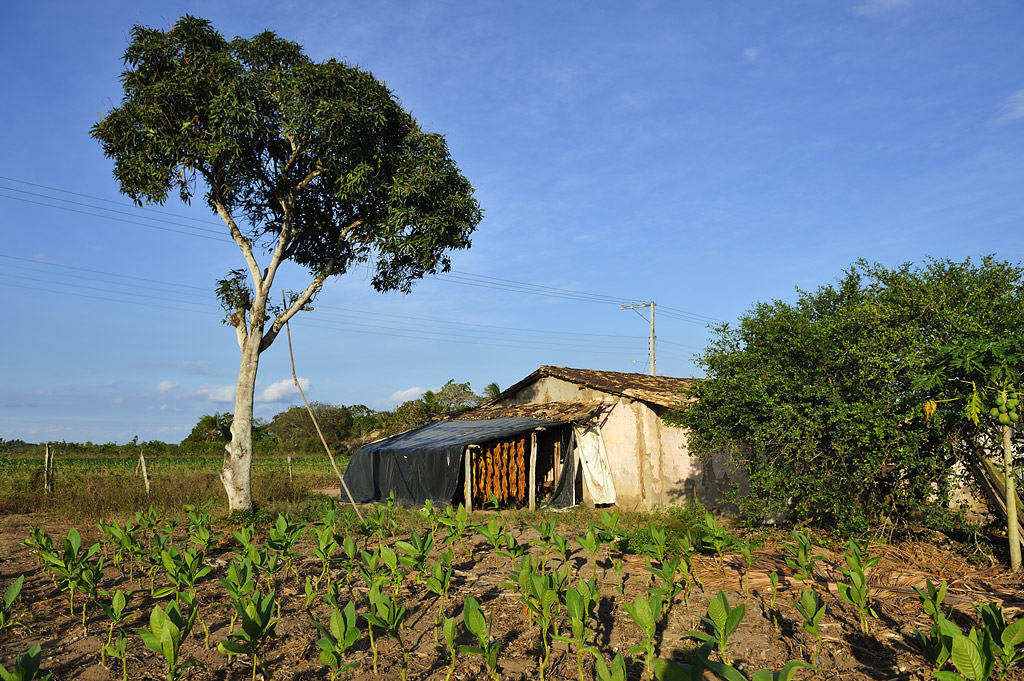
Tobacco fields of a small farmer
|
A
short history
There is no
evidence of the origin of tobacco, but it is sure that it involves an
American plant and that it was widely present, from Brazil to Canada,
even centuries before its ‘discovery’ by Columbus.
While the cigar prevailed in Middle and South America, the North
American Indians preferred the (Peace-) Pipe. This led to the emergence
of different customs among the sailors returning to the European
colonial powers: the pipe reached England, the cigar reached Portugal
and Spain. The English adventurer and sailor Sir Walter Raleigh
founded the North American colony, Virginia,
after which the tobacco, produced there, was named.
[Read full text…]
[Close
here…]
There is no
evidence on the origins of tobacco. There is however a consensus that
it originally involves an American plant and that tobacco was widely
present, from Brazil to Canada, even centuries before its
‘discovery’ by Columbus. It was also used as a
medicinal plant, as well as, for ritualistic purposes. In many
cultures, tobacco appeared in world mythologies and was considered to
be the Gift of the Gods, a sacred plant, comparable to the cocoa. For
e.g. the Iroquois believed that tobacco grew out of the head of
‘Mother Earth’ and had a soothing effect, whereas
the Maya viewed their Gods as smokers – they explained
shooting stars to be discarded cigar butts of the Rain and Thunder
Gods. In the Guatemalan region, a clay-fired vessel was found in which
a Mayan woman was depicted smoking rolled tobacco leaves tied with a
string.
While the smoking of rolled tobacco leaves was widespread in South and
Middle America, the North American Indians preferred to smoke the pipe
(=> ‘Peace Pipe’). It is believed that in
the beginning of the sixteenth century tobacco was taken by the
returning sailors to Europe, where Jean Nicot, the French envoy in
Lisbon, discovered the plant and sent it to his King. The botanist,
Dalechamps therefore later named the plant Herba Nicotiana. The
introduction of tobacco to France over time led to its spread across
Europe; the French court then began to pulverize the plant and used it
to snort it as a remedy against headache – this application
was widely prevalent for a long time in many parts of Europe and
continues to be used even today.
The English sailor, Sir Walter Raleigh, founded the North American
colony Virginia, after which the tobacco produced there was named
– later the English maintained huge tobacco plantations
there. [For the aficionados, the tobacco cultivated there: a cross
between forest tobacco (‘Nicotiana sylvestris’) and
‘Nicotiana tomentosiformis’ represents the most
important commercial form of tobacco today, and from which varied types
of tobacco are grown.] Raleigh returned to England as an enthusiastic
pipe smoker and made pipe smoking popular in the English court, from
where it spread across the whole island.
The smoking of cigars was brought by the Spanish and Portuguese from
their colonies into their own lands. In the course of industrialization
and the acceleration of life associated with it, the younger sister of
the cigar, the cigarette became even more popular – and
stands even today for quick tobacco consumption in contrast to the
cigar or the pipe. In Africa and the Arabic countries as well as Asia,
tobacco consumption quickly integrated itself into their existing
traditions - the smoking of cannabis and opium was already a part of
many cultures. In Arabia, a myth on the origins of tobacco emerged. In
this myth, Mohammed was bitten by a snake. He sucked the poison from
the bite wound and spat it out. On the spot where the poison touched
the ground, grew the first tobacco plant. Presumably, this myth has
been adapted to an older myth of another plant.
|
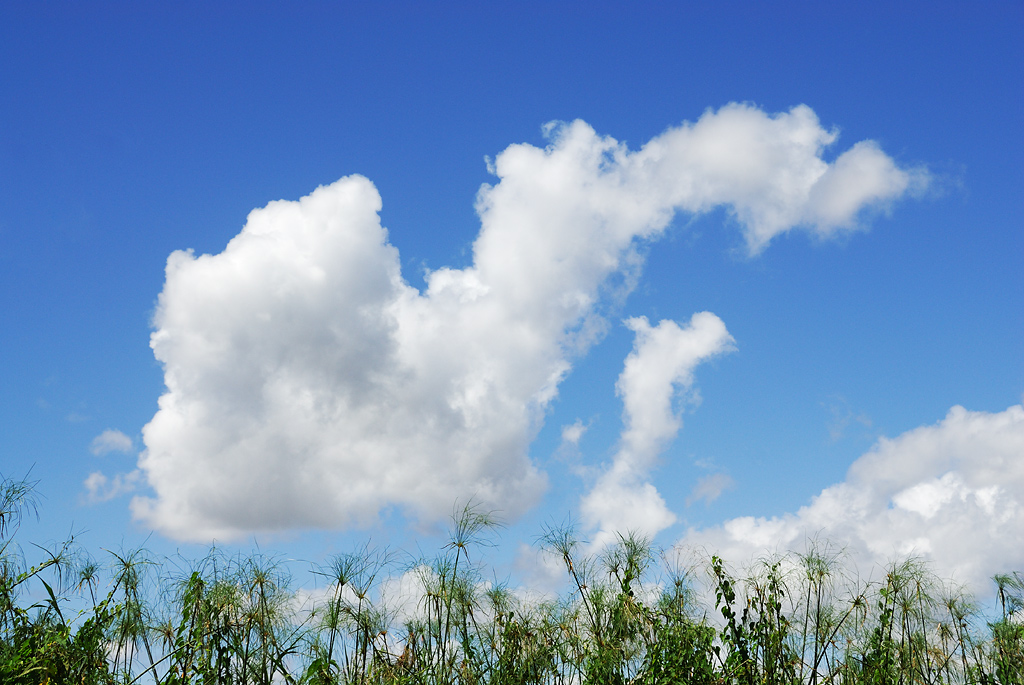
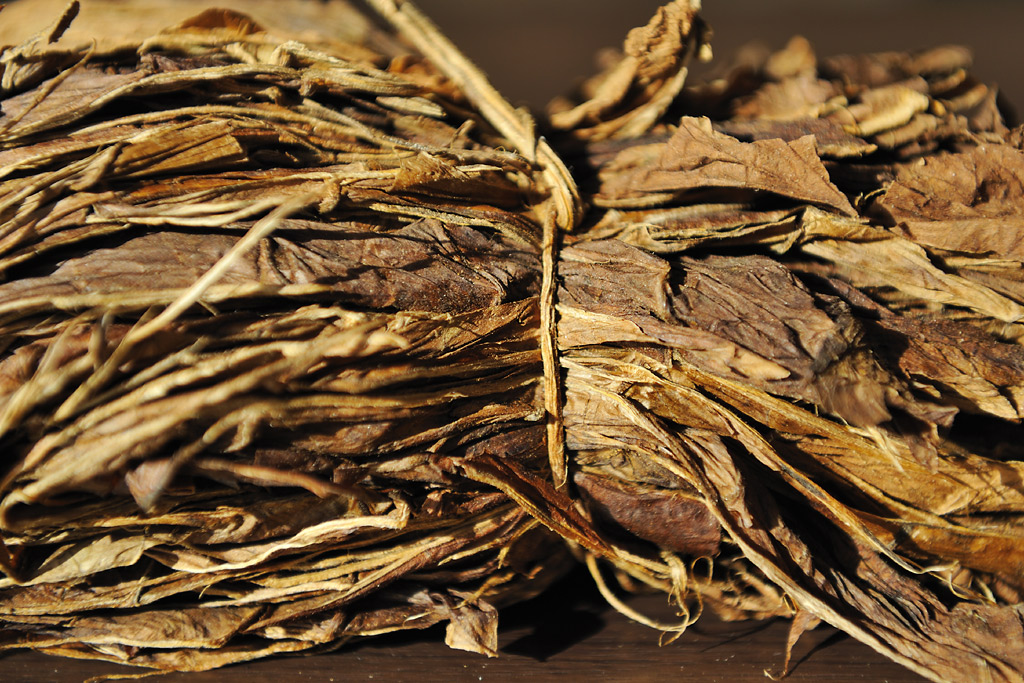 Hint: All small images in this
documentary can be enlarged and viewed in a new window by clicking on
them.
„The
Gods invented the cigar, so that they could gift
Hint: All small images in this
documentary can be enlarged and viewed in a new window by clicking on
them.
„The
Gods invented the cigar, so that they could gift
themselves the special pleasure of the tobacco flavor.”
(Mayan saying)
|
Cultivation
in Brazil
Brazilian tobacco
is much older than the discovery of the Americas. For centuries before,
the aborigines had planted, smoked, chewed and inhaled tobacco. The Tupinambá
trained the Portuguese in the use of tobacco, which was primarily
popular amongst the sailors. From the mid nineteenth century many
Europeans came to Bahia for tobacco cultivation in the Recôncavo
region – in the world there were few good cultivation areas
that stood out like Recôncavo.
Here, besides Dannemann,
companies like Leite
& Alves (‘Talvis’), Tabacos Mata Fina, Menendez Amerino, Damatta among
others had their manufacturing plants. In contrast to the otherwise
customary single plant plucking, in this region, the leaves are dried
on stems by the small farmers, which lends them a special flavour.
Also, the conditions outside are ideal. The ground is lightly loamy and
sandy, the rain is sufficient and the sun is mild during the period of
growth.
[Read full text…]
[Close here…]
Brazilian tobacco is much older
than the discovery of the Americas. For centuries, the aborigines had
planted, smoked, chewed and inhaled tobacco. In the middle of the
eighteenth century, it was hybridized with Maryland tobacco – as
an answer to the then successful Virginia tobacco. This inter-breeding
is the source of today’s Bahia-Brazil cigar tobacco. The
Tupinambá trained the Portuguese in the use of tobacco, which
caught on primarily amongst the sailors. Tobacco, as a commercial
product, played an important role not only in Europe, but also in
Africa. The tobacco cultivated by the African slaves in Recôncavo
was again exchanged on the West African (slave) coast against new
slaves. From nineteenth century onwards many Europeans came to Bahia to
search for their luck in tobacco cultivation in the Recôncavo
region, just like Gerhard (Geraldo) Dannemann. The reason was clear: in
the world there were very few good cultivation areas for cigar tobacco
that stood out like Recôncavo, in particular the micro-region of
Mata Fina. There are two tobacco cultivation areas in Brazil, both are
located in the north of the country. The Arapiraca region is located
further north and closer to the coast in the state of Alagoas. The
Recôncavo in the state of Bahia is located about 500 km south
from here. The term, “Recôncavo” refers directly to
the outback of Salvador, a region around the Bay of Bahia. The word
means, ‘behind the concaves’ after the geographical
curvature round the Bay of All Saints. Besides Dannemann, companies
like Leite & Alves (‘Talvis’), Tobacos Mata Fina,
Menendez Amerino, Damatta, Terra de Vera Cruz Sandes and Angelina, all
have their manufacturing plants here.
In contrast to the otherwise customary single plant plucking, in this
region, the leaves are dried on stems by the small farmers, which lends
them a special flavour. Also, the conditions outside are ideal. The
ground is lightly loamy and sandy, the rain is sufficient and the sun
is mild during the period of growth. The region lies at a distance of
only 100 km from the sea and is at a height of 250 to 300 meters above
sea level. And above all, there were and are enough workers, who are
well-versed with the cultivation, harvest and further processing of
tobacco. Over the centuries, only cigar tobacco has been exclusively
produced here, there has never been any large plantation for cigarette
tobacco production in Recôncavo. The real Brazilian tobacco is
even till today grown by independent small farmers on small plots. The
Recôncavo is sub-divided into the following micro-regions:
Mata-Fina (the biggest and the best region), Mata Norte, Mata Sul and
Mata São Gonçalo – well-known for particularly good
wrapper leaves. The dark Bahia Leaf Mata-Fina tobacco and the Bahia
Leaf Mata Norte originate from Bahia. There are also the light wrapper
leaf tobacco Bahia Sumatra Wrapper and the Bahiano Wrapper. The Mata
Fina and the Mata Norte are further classified into sub districts: In
the Mata Fina there is firstly the district of the Cruz das Almas with
the villages of the Cruz das Almas (wrappers from Dannemann are grown
here), and São Felipe, among others. Here, the tasty and
aromatic Mata Fina is grown. The leaf is in general round and wide; the
fermented tobacco has a deep, brown colour. From this, many premium
cigar brands are produced in the country. The lion’s share of the
Brazilian cigar tobacco is however, exported as raw tobacco, just like
in the case of coffee or cocoa.
|
|
